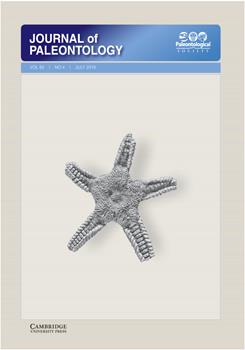Since the genus Retrotapes was erected, some authors have favored or opposed its validity, or argued about the assignment of the extant species R. exalbidus and R. lenticularis to Retrotapes. Some authors synonymized Retrotapes with the Miocene genus Frigichione, and others with the extant genus Eurhomalea to which most of the species that belong to Retrotapes were previously assigned. In the present contribution, a phylogenetic analysis of the genus is performed to test these controversies. In addition, a systematic revision of the Chilean species of the genus is performed to complete the analysis of Retrotapes taxa from Patagonia and Antarctica started by previous authors. This study demonstrates that Retrotapes is a monophyletic genus, which is not closely related to Frigichione or Eurhomalea. Instead, Retrotapes is closely related to some Austral taxa from Kerguelen Island (Paleomarcia), New Zealand (Atamarcia), and Australia (Katelysia), a relationship previously unknown. Besides, the extant species R. lenticularis and R. exalbidus belong to Retrotapes and were recovered as part of a clade closely related to the type species of the genus, R. ninfasiensis (Miocene, Patagonia). Retrotapes is reported in Chile beginning in the late Eocene, where it was represented by R. difficilis n. comb., which is a taxon that resembles some Eocene species of the same genus from Antarctica. In the late Oligocene–early Miocene, it was represented by R. navidadis and later in the Pliocene by three species: the fossil R. fuenzalidae and the two extant ones.
How to translate text using browser tools
2 July 2019
Phylogenetic analysis of the genus Retrotapes del Río, 1997 (Bivalvia, Veneridae) and systematic analysis of its taxa from Chile
Maximiliano Jorge Alvarez
ACCESS THE FULL ARTICLE

Journal of Paleontology
Vol. 93 • No. 4
June 2019
Vol. 93 • No. 4
June 2019




